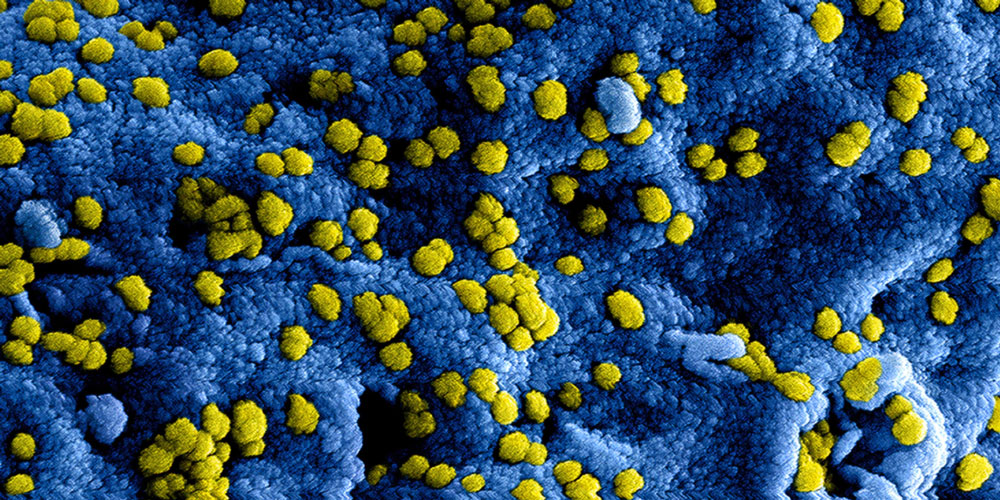
The RI American Academy of Pediatrics letter ignored 36% of COVID-positive kids who are asymptomatic.
The Boston Globe article to which I linked earlier made a point of citing one statistic from that irresponsible RI American Academy of Pediatrics letter:
They said a recent study reports that nearly 5 percent of all COVID-infected children have lingering symptoms such as MIS-C, fatigue, and brain fog for more than four weeks after their symptoms started, which could result in additional missed school and learning loss.
As a rhetorical artifact, that’s a very interesting paragraph. Notice how the journalist, following the letter writers almost verbatim, throws out terms as if every reader can be expected know what MIS-C and “brain fog” are. Neither text defines or explains the terms. Moreover, they throw in fatigue, which could be entirely subjective; for all we know, this symptom is reported by nervous, worried parents who think their COVID-infected children might be a little more tired than they usually are.
In ordinary circumstances it would be surprising, but predictably, the pediatricians don’t specifically cite their source, referring only to “a recent Lancet study.” I think they mean this one, because it references 4.4% of children (i.e., “nearly 5 percent”) who “had illness duration of at least 28 days.” However, this study specifically says that it did not ask about MIS-C. Moreover, the authors say that “after day 28 the symptom burden was low.”
Note that you have to remember the denominator, too — 4.4% of whom? In this case, it’s 4.4% of all children who tested positive and for whom researchers were able to calculate how long they had symptoms. This is based on parental “proxy reports,” so if a parent reported “my child had a headache for a little while” or left the duration field blank, they would be dropped from the calculation, because “a little while” or a blank space is not calculable. One could reasonably expect that parents reporting their children’s illnesses would be more likely to give a time span for longer periods (e.g., “my child had a headache for three weeks”).
As it was, according to the study, only 25% of children with positive tests had “calculable illness duration.”
Now consider a recent finding that 35-37% of all people who test positive for COVID have no symptoms at all. Another Lancet study, on “post-acute COVID-19 outcomes in children,” found 36% to be asymptomatic. This study also found, at a follow up visit at seven or eight months after initial diagnosis, that every child had fully recovered.
To pull it all together, let’s take as given that the 36% of children who were asymptomatic in this study would have counted as having “incalculable illness” duration in the other study. Here’s the math:
- 6,939 children tested positive in the study period.
- 2,498 would have had no symptoms at all, leaving 4,441 with some symptoms.
- 1,734 had calculable illness durations.
- 77 had symptoms for four weeks or more, which is 4.4% of calculable illness durations, 1.7% of all children with symptoms, and 1.1% of all children who tested positive.
- Cases tended to be much milder by that point.
- Symptoms entirely cleared up within months.
To be clear, parents still have reason to be concerned, but it isn’t clear (to say the least) that they should be more concerned about these numbers than about reduced educational and social opportunities.
And for those who would reply by saying they’ll trust the doctors over some blogger… that’s great, but make sure the doctors provide their sources and cite the data correctly.
Featured image by the CDC on Unsplash.
